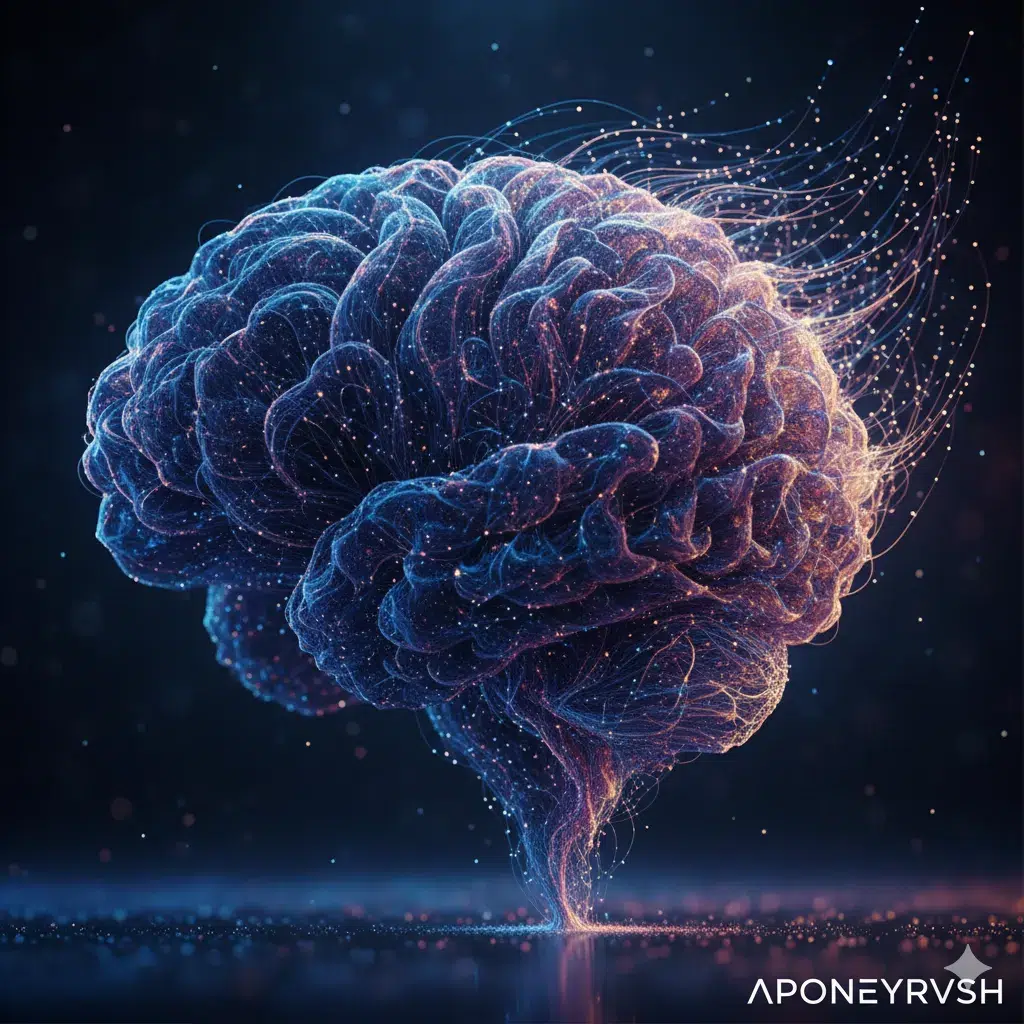In today’s rapidly evolving medical landscape, accuracy and speed in diagnosis are more vital than ever. Diag Image emerges as a cutting-edge innovation, transforming how medical professionals capture, analyze, and interpret diagnostic images. With advanced imaging technologies, smart software integration, and AI-driven insights, Diag Image stands at the forefront of precision medicine—reshaping patient care from hospitals to research labs.
As healthcare continues to embrace digital transformation, understanding how Diag Image enhances diagnostics helps both practitioners and patients appreciate its far-reaching benefits. Let’s explore how this technology is redefining the standards of modern medical imaging.
The Evolution and Importance of Diag Image in Modern Healthcare
Medical imaging has always been central to diagnosis, but Diag Image takes it to an entirely new level. It combines powerful visualization tools with intelligent data analysis, enabling healthcare professionals to detect, diagnose, and treat conditions more effectively than ever before.
By turning complex imaging data into clear, actionable insights, Diag Image helps bridge the gap between early detection and timely treatment. Whether it’s identifying tumors, assessing fractures, or monitoring chronic illnesses, this technology delivers the clarity that traditional methods sometimes lack.
For patients, this means faster results and more accurate diagnoses. For doctors, it translates into confidence and efficiency—both critical in today’s fast-paced medical environments.
Core Principles Behind Diag Image Technology
At its core, Diag Image is built on three main pillars: clarity, precision, and innovation.
- Clarity – High-resolution imaging ensures every structure, tissue, and anomaly is captured in remarkable detail, reducing the likelihood of oversight.
- Precision – Through advanced algorithms and machine learning, Diag Image minimizes interpretation errors and enhances diagnostic accuracy.
- Innovation – Continuous integration of AI and digital platforms allows real-time sharing and analysis, fostering collaboration among healthcare teams globally.
These principles empower practitioners to make well-informed decisions—often faster and more confidently than ever before.
Types of Imaging Techniques in Diag Image
Diag Image encompasses a wide spectrum of imaging techniques, each serving a specific medical purpose. Understanding these methods sheds light on how comprehensive the system truly is:
- X-Ray Imaging: The most fundamental and widely used diagnostic method, providing quick insights into bone structures and fractures.
- Ultrasound: Utilizing sound waves for real-time visualization, this technique is invaluable for examining soft tissues, monitoring pregnancies, and guiding minimally invasive procedures.
- MRI (Magnetic Resonance Imaging): Offering exceptional detail of organs, muscles, and neurological structures, MRI remains one of the cornerstones of Diag Image technology.
- CT (Computed Tomography) Scans: Combining multiple X-rays to create cross-sectional images, CT scans are crucial for detailed examination of complex body regions.
- PET (Positron Emission Tomography): By tracking metabolic activity, PET scans play a critical role in cancer detection and monitoring treatment progress.
Each imaging technique, when integrated within the Diag Image ecosystem, contributes to a more holistic view of the patient’s condition.
Why Diag Image Outperforms Traditional Diagnostic Methods
Traditional imaging methods, while effective, often face challenges such as lower resolution, slower processing, and limited data sharing capabilities. Diag Image addresses these pain points head-on:
- Superior Image Quality: Crystal-clear visuals make abnormalities easier to spot, improving the accuracy of diagnoses.
- Faster Turnaround Times: Automated image processing and AI-enhanced analytics speed up the diagnostic process, enabling quicker medical interventions.
- Seamless Collaboration: Physicians across different departments or even continents can view and interpret images in real time.
- Error Reduction: With built-in AI verification, the margin for human error decreases substantially.
- Patient Comfort: Non-invasive scanning procedures reduce discomfort and eliminate unnecessary exposure to radiation where possible.
This combination of technological excellence and user-friendly experience sets Diag Image apart from conventional diagnostic systems.
Real-World Applications of Diag Image
The real strength of Diag Image lies in its wide-ranging applications across medical disciplines.
In oncology, Diag Image enables early tumor detection and continuous monitoring of treatment response. The enhanced precision helps oncologists design more effective treatment plans tailored to each patient’s needs.
In orthopedics, high-resolution imaging assists in diagnosing fractures, ligament injuries, and joint conditions with remarkable clarity. Athletes and physically active individuals benefit from quicker, more accurate evaluations that support faster recovery.
Cardiology has also experienced a revolution through Diag Image, with advanced imaging tools allowing physicians to assess heart conditions non-invasively and predict potential complications before they escalate.
Even veterinary medicine utilizes Diag Image technologies to diagnose and treat animals more effectively, ensuring quality healthcare extends beyond humans.
Meanwhile, in medical research, scientists use Diag Image systems to study disease progression at the cellular level, fueling innovations that drive the future of personalized medicine.
Artificial Intelligence: The Driving Force Behind Diag Image
Artificial Intelligence (AI) is the true powerhouse behind Diag Image’s exceptional capabilities. By applying machine learning models and neural networks, AI algorithms can analyze thousands of images in seconds—spotting patterns and anomalies that human eyes might miss.
- AI-Powered Analysis: AI interprets data with astonishing accuracy, learning continuously from new imaging results to refine its precision.
- Predictive Diagnostics: Algorithms can predict disease likelihoods based on subtle imaging indicators, supporting preventive healthcare strategies.
- Enhanced Workflow Efficiency: Automating repetitive tasks allows radiologists and clinicians to focus on complex cases requiring human judgment.
- Data Integration: AI seamlessly integrates patient records, imaging results, and clinical histories into unified dashboards for comprehensive analysis.
The synergy of AI and imaging elevates Diag Image to an unmatched level of performance—making it one of the most intelligent diagnostic solutions in modern medicine.
Challenges and Future Prospects for Diag Image
While Diag Image represents groundbreaking progress, it also faces challenges that demand ongoing innovation.
1. System Integration: Many healthcare facilities still rely on outdated infrastructure, making it difficult to implement advanced imaging technologies effectively.
2. Data Security: With large volumes of sensitive patient data being stored digitally, cybersecurity remains a top priority. Robust encryption and compliance measures must evolve alongside technological advancements.
3. Cost Barriers: The initial investment in Diag Image systems can be substantial, potentially limiting access for smaller clinics or developing regions.
4. Training and Adaptation: Medical professionals need continuous education to fully harness the power of new imaging systems and interpret AI-generated insights responsibly.
Looking ahead, Diag Image is expected to integrate even more immersive technologies. 3D imaging, augmented reality (AR), and real-time image-guided surgery are just a few areas where the future looks promising. As the technology matures, its affordability and accessibility will expand—bringing precision diagnostics to more healthcare settings worldwide.
The Human Element: Empowering Professionals with Technology
Even with cutting-edge automation, the human touch remains at the heart of Diag Image. The goal isn’t to replace doctors, but to empower them. By streamlining repetitive tasks and providing data-backed insights, Diag Image allows healthcare professionals to focus more on patient interaction and personalized care.
This blend of human expertise and machine precision leads to the most effective outcomes—where technology enhances, rather than overshadows, medical judgment. In this sense, Diag Image doesn’t just improve healthcare efficiency—it restores balance to it.
The Broader Impact: Transforming Healthcare Globally
The influence of Diag Image extends far beyond hospital walls. In underserved areas, remote imaging capabilities allow specialists to consult on cases thousands of miles away. Through telemedicine integration, doctors can provide real-time analysis to clinics that lack on-site imaging expertise.
Moreover, Diag Image contributes to global health initiatives by generating large-scale imaging data for disease surveillance, research, and treatment optimization. This global connectivity fosters collaboration across borders, accelerating medical breakthroughs for all.
Conclusion: Diag Image and the Future of Smart Diagnostics
As the world of medicine continues its digital transformation, Diag Image stands out as a revolutionary force in diagnostic imaging. It combines clarity, speed, and intelligence—offering healthcare professionals a comprehensive view of the human body like never before.
From early disease detection to complex surgical planning, Diag Image is redefining what’s possible in patient care. Its fusion of AI, real-time collaboration, and advanced visualization sets new standards for precision and reliability.
Though challenges like system integration and accessibility persist, the path ahead is filled with promise. With continued innovation, Diag Image will not only refine diagnostics but also reshape global healthcare for generations to come.
In the end, Diag Image isn’t just another technological tool—it’s a vision for smarter, faster, and more compassionate healthcare. A future where every image tells a clearer story—and every patient receives the care they truly deserve.



